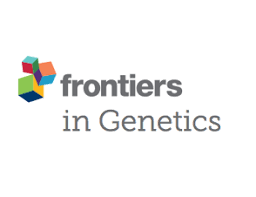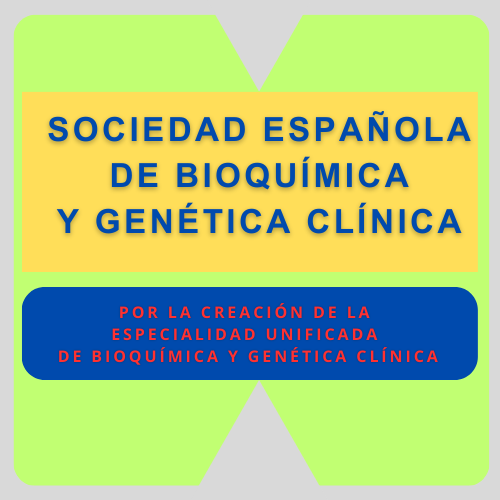Categoría: Enfermedades Raras
-
Evaluation of genetic variants related to lipid levels among the North Indian population
Background: A heavy burden of cardiometabolic conditions on low- and middle-income countries like India that are rapidly undergoing urbanization remains unaddressed. Indians are known to have high levels of triglycerides and low levels of HDL-C along w…
-
Risk and protection of different rare protein-coding variants of complement component C4A in age-related macular degeneration
Introduction: Age-related macular degeneration (AMD) is the leading cause of central vision loss in the elderly. One-third of the genetic contribution to this disease remains unexplained.Methods: We analyzed targeted sequencing data from two independen…
-
A novel CTBP1 variant in a Chinese pediatric patient with a phenotype distinct from hypotonia, ataxia, developmental delay, and tooth enamel defect syndrome
Hypotonia, Ataxia, Developmental Delay, and Tooth Enamel Defect Syndrome (HADDTS) is an exceptionally rare disorder resulting from a heterozygous variant in the C-terminal binding protein 1 (CTBP1) gene. To date, a mere two variants (14 patients) have …
-
Deciphering the molecular classification of pediatric sepsis: integrating WGCNA and machine learning-based classification with immune signatures for the development of an advanced diagnostic model
Introduction: Pediatric sepsis (PS) is a life-threatening infection associated with high mortality rates, necessitating a deeper understanding of its underlying pathological mechanisms. Recently discovered programmed cell death induced by copper has be…
-

Inherited bone marrow failure syndromes: phenotype as a tool for early diagnostic suspicion at a major reference center in Mexico
Introduction: The inherited bone marrow failure syndromes (IBMFSs) are a group of rare disorders characterized by bone marrow failure (BMF), physical abnormalities, and an increased risk of neoplasia. The National Institute of Pediatrics (INP) is a maj…
-
The value of genome-wide analysis in craniosynostosis
Background: This study assessed the diagnostic yield of high-throughput sequencing methods in a cohort of craniosynostosis (CS) patients not presenting causal variants identified through previous targeted analysis.Methods: Whole-genome or whole-exome s…
-
Real-world outcomes from a series of patients with late onset Pompe disease who switched from alglucosidase alfa to avalglucosidase alfa
Introduction: Pompe disease is an inherited, progressive neuromuscular disorder caused by deficiency of lysosomal acid α-glucosidase and accumulation of glycogen in tissues, resulting in cellular dysfunction, muscle damage, and functional disabilities….
-
Case report: The evolving phenotype of ESCO2 spectrum disorder in a 15-year-old Malaysian child
ESCO2 spectrum disorder is an autosomal recessive developmental disorder characterized by growth retardation, symmetrical mesomelic limb malformation, and distinctive facies with microcephaly, with a wide phenotypic continuum that ranges from Roberts s…
